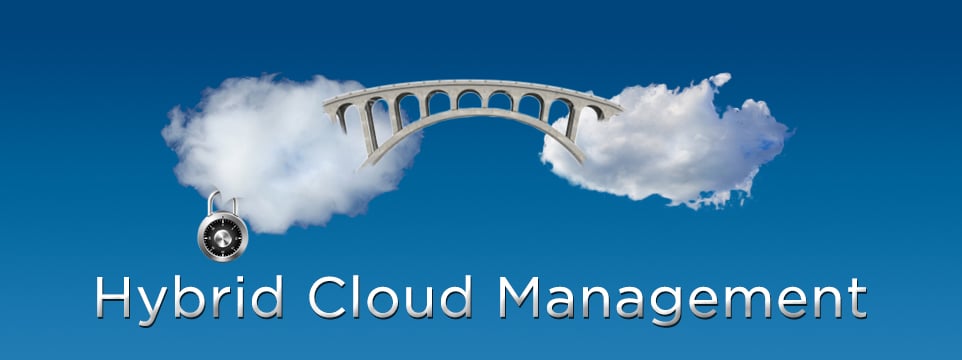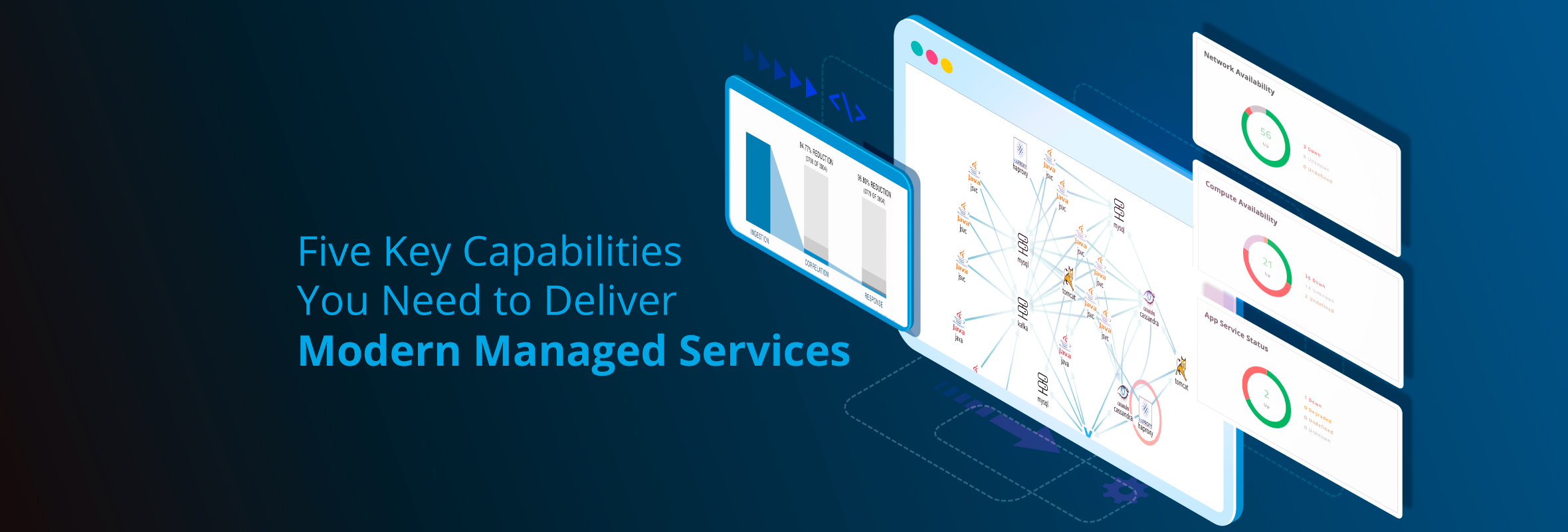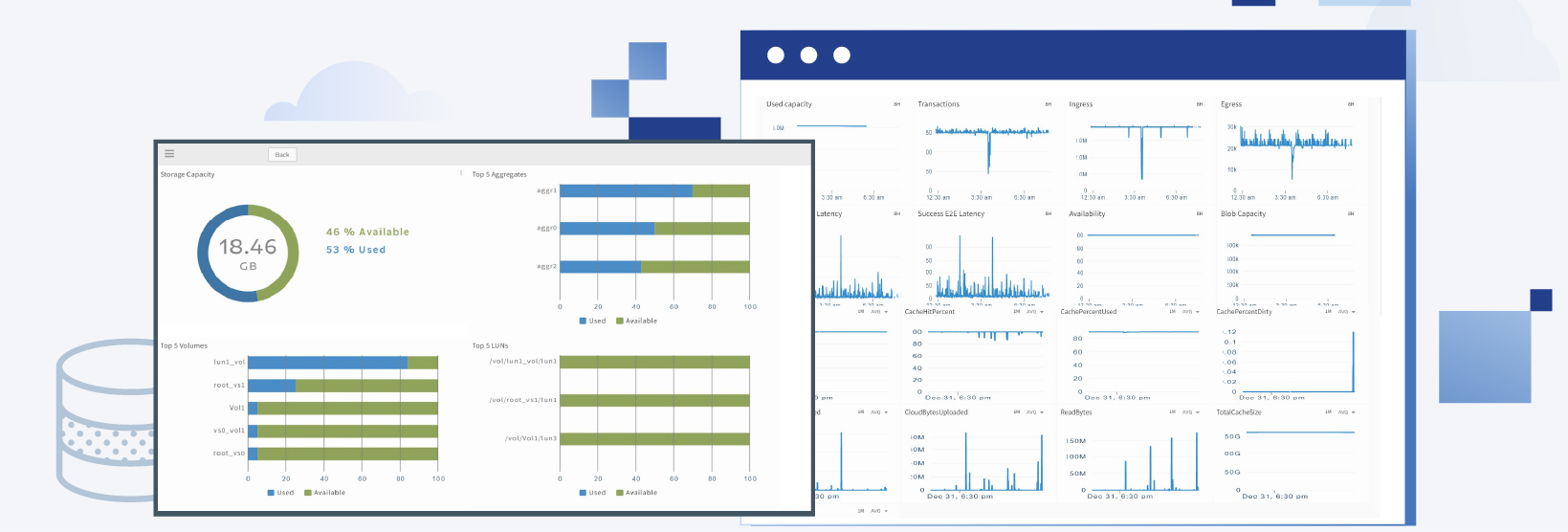Life is challenging for IT administrators because they have to monitor, manage, support, and govern infrastructure and services from both on-premise and public cloud providers. Unifying element management within a single tool can simplify IT operations management dramatically. But what does unified element management really require?
Everyone is an IT Administrator
IT administrators manage many kinds of elements already, and anyone with a credit card can source a service using a cloud-based service. Because of desktops, laptops, and mobile devices and Bring Your Own Device (BYOD) policies, we've wound up in a world where every employee is their own IT administrator. But that means that in a company with 1000 employees, we have 1000 administrators. For the IT administrator, this also means that the company's data is all over the place. How does an IT administrator ensure compliance with data protection requirements or deactivate a device that's been lost?
Every Product Has Its Own Management Tool
IT professionals need to govern all of these infrastructure elements, tools, and services that are in various locations and coming from diverse providers. Each hardware and software product typically comes with its own management software. Each element-specific tool is good for managing that specific tool, but the different element-specific tools tend not to integrate well . As soon as you start trying to use two tools together, you've created a new tool integration project you have to manage.
Monitoring and management tools have to evolve to solve this problem. We've seen this process already in previous markets. Sony invented the mobile music market with the Walkman, then Apple took the market away with the iPod, and now online music services are challenging iTunes.
aa
We're now seeing the same process take place in the monitoring and management tools space. There are four established major incumbent players in the enterprise monitoring and management space. For each one, on average, you need to use six products together in order to manage the cloud: one each for orchestration, performance, ITSM, network, storage, and server management. Likewise, for each of the incumbents, you need to use six modules on average for IT Service Management: one module each for service desk, event management, change management, problem management, asset management, and billing. This forces IT administrators to integrate multiple tools and modules together. Do you want to spend your time integrating multiple products that come from the same vendor? Or would you prefer to spend your time developing and deploying valuable new services by leveraging a pre-integrated solution?
These legacy tools also aren't true cloud solutions. True cloud-based solutions can more readily enable IT administrators to unify element management across on-premise and cloud-based infrastructure.
The Benefits of Unified IT Operations Management
IT administrators don't want to spend their time on integrating third-party tools. They'd prefer to focus on managing existing services and developing new ones.
Bringing all of these capabilities together within a single tool has many benefits. IT administrators no longer need to waste time "application hopping," which is context switching back and forth between multiple tools to get their work done. With Vistara, Level One and Level Two administrators can resolve 80% of their open issues using a single tool.
Challenges Posed by Private and Public Clouds
A hybrid cloud unifies public cloud and private cloud-based services. Adopting a hybrid cloud approach creates a number of challenges when developing, deploying, and managing services across private and public clouds, including:
- Identity management
- Security models
- Integrated governance
- Visibility
- Metrics
Change controls and change approvals need to span both the internal private cloud infrastructure and the external public cloud infrastructure. Vistara provides a unified management infrastructure that spans the private and public cloud and addresses all of these requirements.
Moving to Unified IT Operations Management
All of these trends force IT to make the leap to unified IT management. IT organizations won't abandon all of the tools they own already. Specialists will continue to use dedicated point tools for sophisticated management of individual tools. But Vistara enables administrators to do 80% of their management activity within a single tool, which is a big win.
Managing Converged Infrastructure Solutions
What does it take to unify IT management? Converged infrastructure solutions like EMC® VSPEX® and NetApp® FlexPod® at least simplify the problem for new deployments going forward by standardizing on a set of elements and combinations of elements. But to monitor and manage the whole stack, a tool needs to have:
- API level integrations with the compute solutions such as Cisco® UCS®
- API integration with storage solutions like NetApp FAS® and EMC VNX® and VNXe®
- API level integration with switches such as Brocade VDX® or ICX®
- Discovery templates that make it easy to discover the IT infrastructure elements you have in place already
- The ability to integrate with legacy tools
A tool should also be able to support private and public cloud solutions that weren't built using a converged infrastructure architecture. Even companies that are adopting converged infrastructure solutions going forward still need to manage the infrastructure that already have.
Building a Private Cloud with NetApp FlexPod: An Example
Consider building a private cloud with NetApp FlexPod. NetApp FlexPod has Cisco UCS services, Nexus switches, and FAS Storage. That's a prescriptive, repeatable, and reliable reference architecture. But to unify a the UCS manager along with NetApp OnCommand and NetApp OnTap user interfaces, you have to have API level integration with each of the elements. Vistara provides the API level integration that IT administrators require.
The Importance of Configuration Templates
Having templates that you can apply to a reference architecture is also important. This enables you to create or enforce a standard configuration and to detect when the actual configuration has deviated from the desired standard configuration over time. Vistara provides standard configuration templates for hundreds of hardware devices, servers, and software applications so you don't have to invent them yourself.
Service Catalogs for Easy Provisioning of Services
IT is ultimately about providing services. That means that an IT operations management solution must also provide a service catalog so that the list of services can be presented to consumers (whether internal employees, external partners and customers, or both) in an easy-to-use way. Vistara enables IT administrators to define and offer a service catalog that automatically shows only the appropriate options to each authorized user.
The Benefits of SaaS for IT Operations Management
A software-as-a-service (SaaS) solution for IT operations management can provide some additional benefits as compared to an on-premise solution. Your data is securely stored and archived off-site. The software vendor takes care of upgrades and management of the software for you. Cloud solutions can provide effectively limitless scalability. And because of the efficiencies of software-as-a-service development, deployment, and management, the vendor can enhance the software more rapidly over time. As an integrated, multi-tenant, SaaS solution, Vistara provides all of these benefits.
Image credit: Leonardo Rizzi






